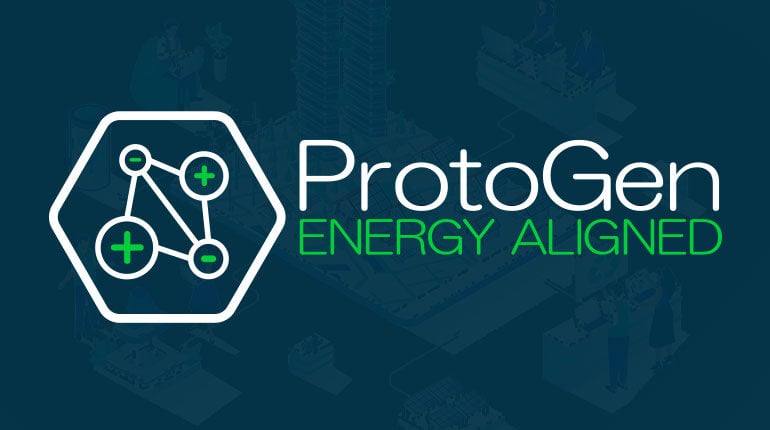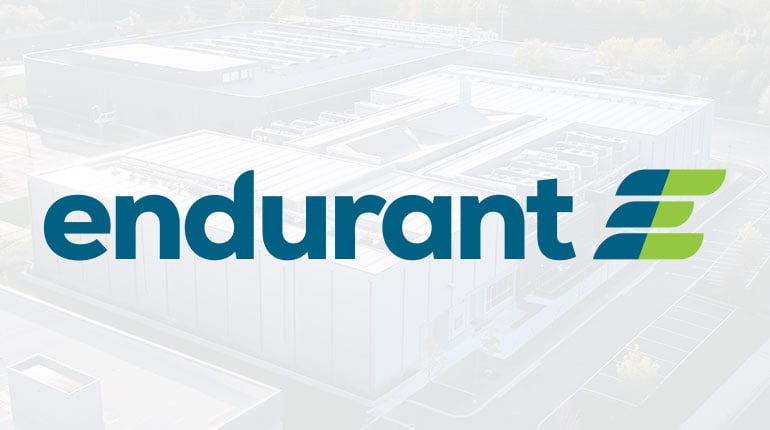Endurant Energy Case Study - Behavioral Health Facilities
Endurant Energy used Xendee’s platform to assess technical and financial options for new distributed energy resources (DER) at three California...
4 min read
 Xendee
Oct 15, 2024 2:24:15 PM
Xendee
Oct 15, 2024 2:24:15 PM

This case study explores the development of the Southern Pennsylvania Resilience Corridor, created in the aftermath of Hurricane Sandy to provide added energy security to critical infrastructure and city services. From the date of publishing, seventy million dollars of assets are now operational in the corridor giving the region the ability to maintain services in the event of an outage and even transfer power to areas in need during an emergency.
Figure 1: Shows an overhead view of the Southeastern Pennsylvania Resilience Corridor. After Hurricane Sandy, this area became a major focus for the city as key transportation infrastructure was in jeopardy.
Challenge:
The 2012 Hurricane Sandy event, which resulted in a regional outage lasting over nine days, highlighted the vulnerability of southeastern Pennsylvania's power infrastructure. This incident prompted ProtoGen, a local microgrid and energy services developer, to initiate a large-scale regional microgrid project in collaboration with Idaho National Laboratory’s (INL) Net-zero Microgrid Program (NZM). NZM is funded by the Department of Energy’s Office of Electricity (DOE-OE) Microgrids R&D Program.
Microgrids serve as critical disaster preparedness tools, and communities in the project area have a right to use them. However, building microgrids is expensive compared to traditional utility metrics of reliability and efficiency, primarily due to the necessary redundancy and backup capabilities. This cost factor makes it impractical to implement large-scale community microgrids in every community.
The project faced several complexities:
The strategic location along a major transportation corridor required the design of a system capable of providing large-scale logistical support to emergency responders while enabling community mutual aid and assistance.

Solution:
The project team, combining ProtoGen's local expertise with DOE-OE's policy insights and INL's technical capabilities, adopted a regional systems thinking approach. This strategy aimed to define the minimum amount of electricity needed to enable rapid recovery and reactivate regional economic activity during outages.
Figure 2: Shows one section of the corridor in Xendee's DESIGN software. The main connection terminal for the corridor runs north to south along the rail line. There is also a group of localized DER assets connected to the land_hv node to the East. This minimizes transmission losses by co-locating DER technologies with loads while also adding resilience along the corridor with the ability to transfer power in an emergency.
Xendee's software was crucial in the modeling and optimization process. The team used the software in multiple ways:
This comprehensive approach allowed for a nuanced understanding of both localized and system-wide dynamics. The modeling process involved multiple iterations of simulations, addressing the inherent challenges of scale and complexity in both subsections and the overall system.
"With Xendee, we're not just crunching numbers—we're stress-testing future grids . Each simulation uncovers resilience gaps we never knew existed," said Adam Morse, VP of Engineering at ProtoGen.
By thinking regionally about the ability to support and move goods and services during an outage, the project sought to find the right balance of microgrid implementation. This approach aimed to maximize resilience while minimizing costs, focusing on strategic placement of microgrids rather than blanket coverage.
Importantly, the use of Xendee software is not limited to the initial planning and implementation phases. As the corridor project continues to be built out in phases, Xendee will be used iteratively. This ongoing application allows for continuous optimization and adaptation as new sections are added and system dynamics evolve.
The solutions developed in this project, including the iterative use of advanced modeling software, are intended to serve as a model for other regions implementing similar resilience corridors, potentially influencing microgrid policy and implementation strategies nationwide.
Result:
Figure 3: This figure shows the optimized dispatch generated by Xendee for normal operation of the resilience corridor during a peak day in December. This system includes onsite PV, BESS, and a Diesel Genset for self consumption (the genset it not utilized in this model). This requires no curtailment to meet peak demand, even in the winter.
The microgrid corridor project, spanning several years of planning and development, has yielded significant outcomes. To date, over $70 million worth of energy assets are now operational. Notably, one of the four utilities involved, Quakertown, has achieved the capability to support more than 70% of its community's peak load for a population of ≈10,000 while enabling the support of ≈38,000 people in the surrounding area.
Figure 4: Shows the optimized dispatch generated by Xendee for a node on the resilience corridor affected by an outage. In this model, PV and a BESS is used onsite while the remaining load is imported from the excess provided by the Quakertown node. This removes the need for load curtailment on the affected node.
Xendee's software has been instrumental in the project's implementation, serving as a critical resource in the initial stages and continuing to provide value as the project progresses. The software's role is expected to remain crucial as incremental progress is made and new technologies are adopted.
The project's results demonstrate the feasibility and potential impact of a regional approach to microgrid implementation. The significant progress made by Quakertown in supporting its peak load indicates substantial advancements toward energy independence and improved disaster preparedness while highlighting the potential for strategic microgrid placement to enhance regional resilience.
As this project and similar efforts in other regions and states (including Oregon, Montana, Wisconsin, Pittsburgh, Pennsylvania, and West Virginia) evolve, they should provide valuable insights for shaping microgrid policies nationwide. The collaborative approach involving ProtoGen, DOE-OE, INL, and Xendee has created a robust framework for implementing resilience corridors across diverse geographical and regulatory landscapes. This framework balances the need for disaster preparedness with cost-effectiveness, potentially accelerating the adoption of microgrid technologies and enhancing energy resilience on a national scale.

Endurant Energy used Xendee’s platform to assess technical and financial options for new distributed energy resources (DER) at three California...

Cascadia Renewables utilized Xendee to properly size solar PV, BESS, and generator for Thurston County Public Health's facilities.

Mayfield Renewables has integrated Xendee into their microgrid consulting business to rapidly grow the size and capabilities of their energy services...